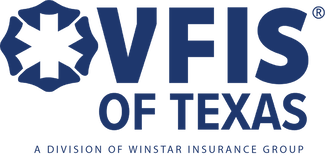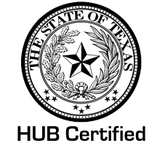|
By Bill Jenaway, Vice President, VFIS Education, Training and Consulting and President CFSI; Sean Carroll, Legislative Director CFSI; and Bill Webb, Executive Director CFSI
The recently enacted Patient Protection and Affordable Care Act (as amended by the Health Care and Education Reconciliation Act of 2010), has implemented a number of key changes that alters access to health care for individuals. The Act also has a number of impacts imposed to help pay for these changes in health care coverage. One of these is known as the “Cadillac Tax.” This provision imposes an annual 40 percent excise tax on plans with premiums exceeding $10,200 for individuals or $27,500 for a family (not including vision and dental benefits) starting in 2018. The thresholds may be increased depending on actual medical inflation between 2010 and 2018 using a measure that looks to the Federal Employees Health Benefits (FEHB) program. The thresholds may also be increased for individuals in high-risk professions and pursuant to an age and gender adjustment. It is anticipated that the IRS will provide additional guidance regarding the thresholds and the adjustments to the threshold in its regulations. The term Cadillac is used to describe the plan similar to that of the Cadillac automobile. The automobile has been known for its luxury, implying the Cadillac Health Care Plan is a luxury plan. Therefore, a Cadillac plan is any unusually expensive health insurance plan. The term gained popularity in the early 1990s when debates were occurring over health care plans during the Clinton Administration. This was followed by debate over possible excise taxes on Cadillac plans during the Obama Administration Health Care reform proposals. It should also be noted that bills proposed by Clinton and Obama did not use the term Cadillac. The tax will apply to both fully insured and self-funded plans. For fully insured coverage that exceeds the applicable threshold, the issuer is responsible for paying the 40 percent excise tax. If it is self-funded coverage, the plan administrator (typically the employer) is responsible for paying the excise tax. The threshold is adjusted for individuals in high-risk professions, but only if a majority of employees covered by the plan are engaged in a high-risk occupation. This means a health care plan that covers only members of a fire department would be eligible for the increased threshold, but a plan that covers all municipal employees may not be eligible for increased threshold. Additional information about the thresholds and permissible adjustments will be addressed by the IRS in its regulations. These high-value health plans are typical of the type of plans provided to high risk organizations such as fire and police agencies. So the first question is – Do you qualify? The second question is - Are you ready? Taking care of emergency responder personnel is a responsibility of management and being safety/health conscious is a responsibility of both personnel and management. Thus, everyone in the organization plays a role in health care and in upcoming discussions of the Cadillac Tax and its impact. This issue will most likely be a discussion point during benefit discussions, contract negotiations, budgeting and strategic planning. Even though the Cadillac Tax will not be effective until 2018, emergency service organizations may want to begin working with agents, brokers, consultants and insurers now to determine ways to manage the implications of the tax on benefit programs. This is particularly true if the organization has personnel engaged in future business planning activities, including collectively bargained plans where negotiations must take place before changes can be made to a plan. It is important for all those involved to have an understanding of the issues, the impacts on the responders and the organization, the options available and the decisions to make. Read the entire VFIS fall newsletter here.
0 Comments
Leave a Reply. |
|
|
© 2024 WinStar Insurance Group
13625 Ronald W. Reagan Blvd. Building 3, Suite 100 Cedar Park, Texas 78613 (512) 448-9928 [email protected] |
Home | About Us | Insurance | Training | Life & Health | Resources | Claims | News | Contact Us | Mission & Values | Privacy Statement
|
IMPORTANT NOTE: This Web site provides only a simplified description of coverages and is not a statement of contract. Coverage may not apply in all states. For complete details of coverages, conditions, limits and losses not covered, be sure to read the policy, including all endorsements, or prospectus, if applicable. Coverage CANNOT be bound, amended, or altered by leaving a message on, or relying upon, information in this Website or through E-Mail.
Licensed & doing business in the following states only: Texas, Oklahoma, New Mexico, Arkansas, & Mississippi
Licensed & doing business in the following states only: Texas, Oklahoma, New Mexico, Arkansas, & Mississippi




